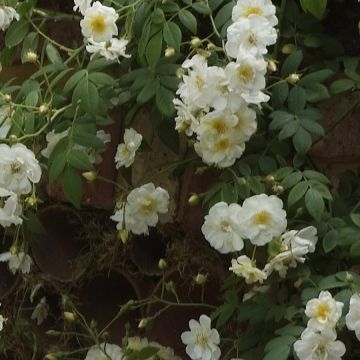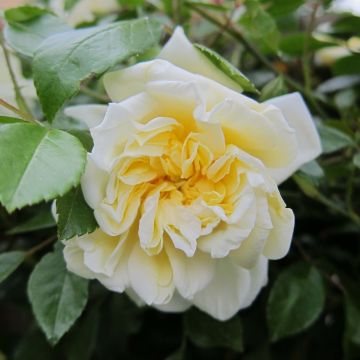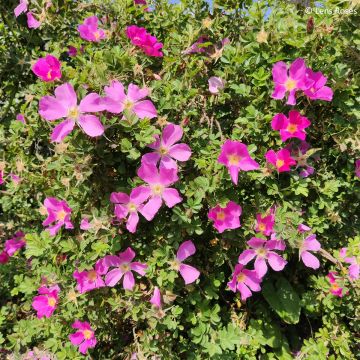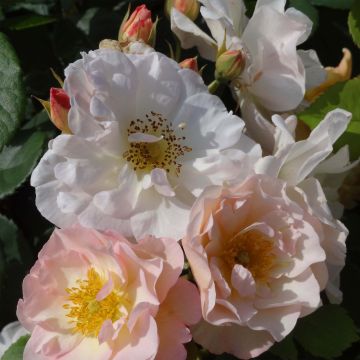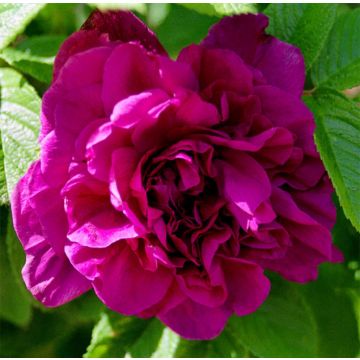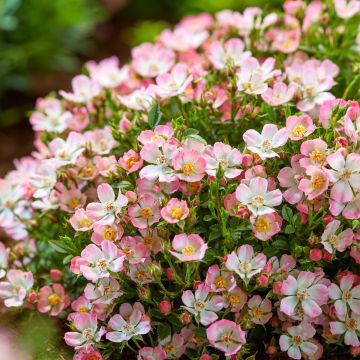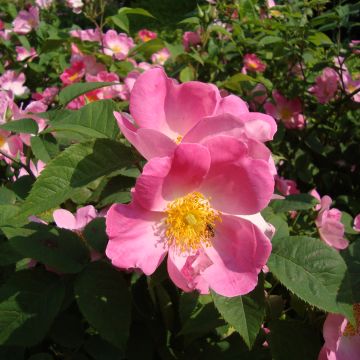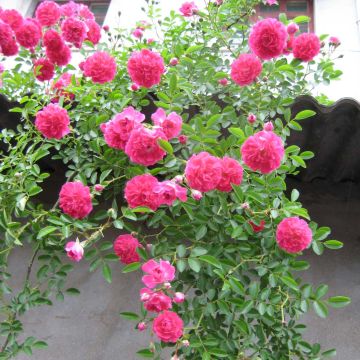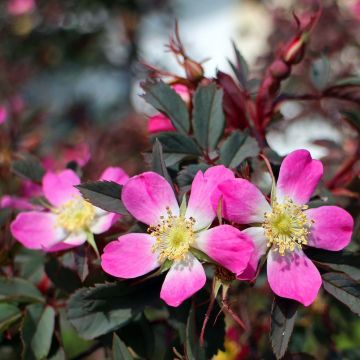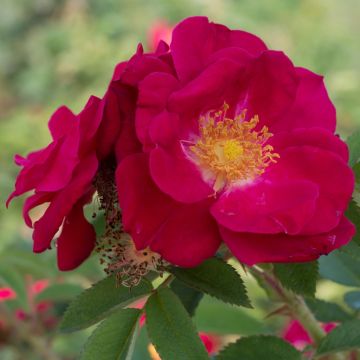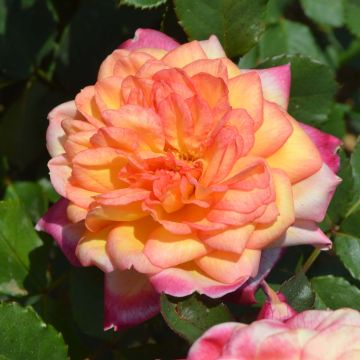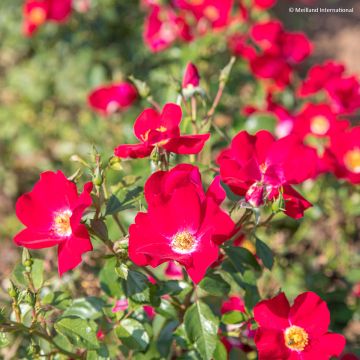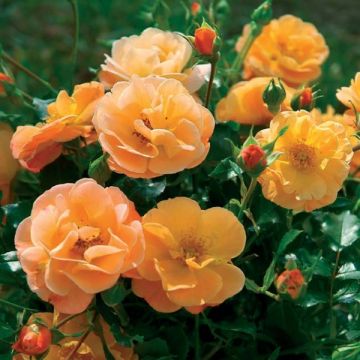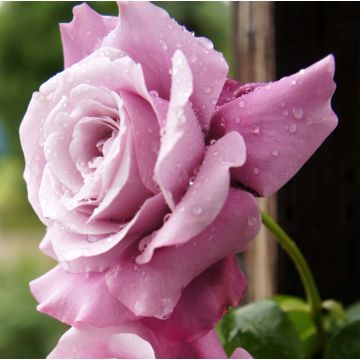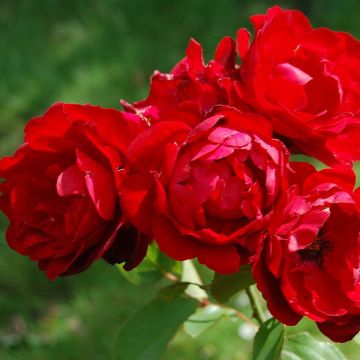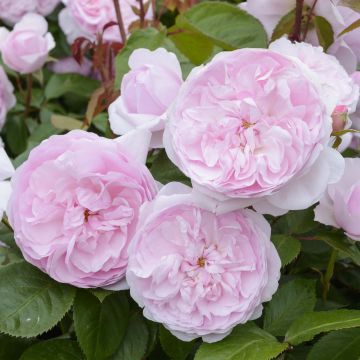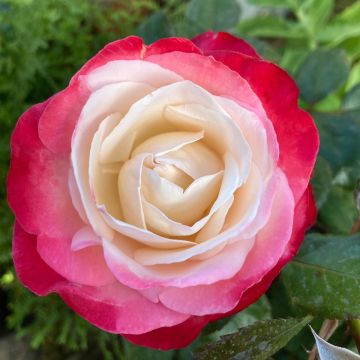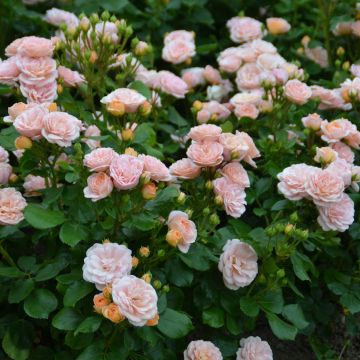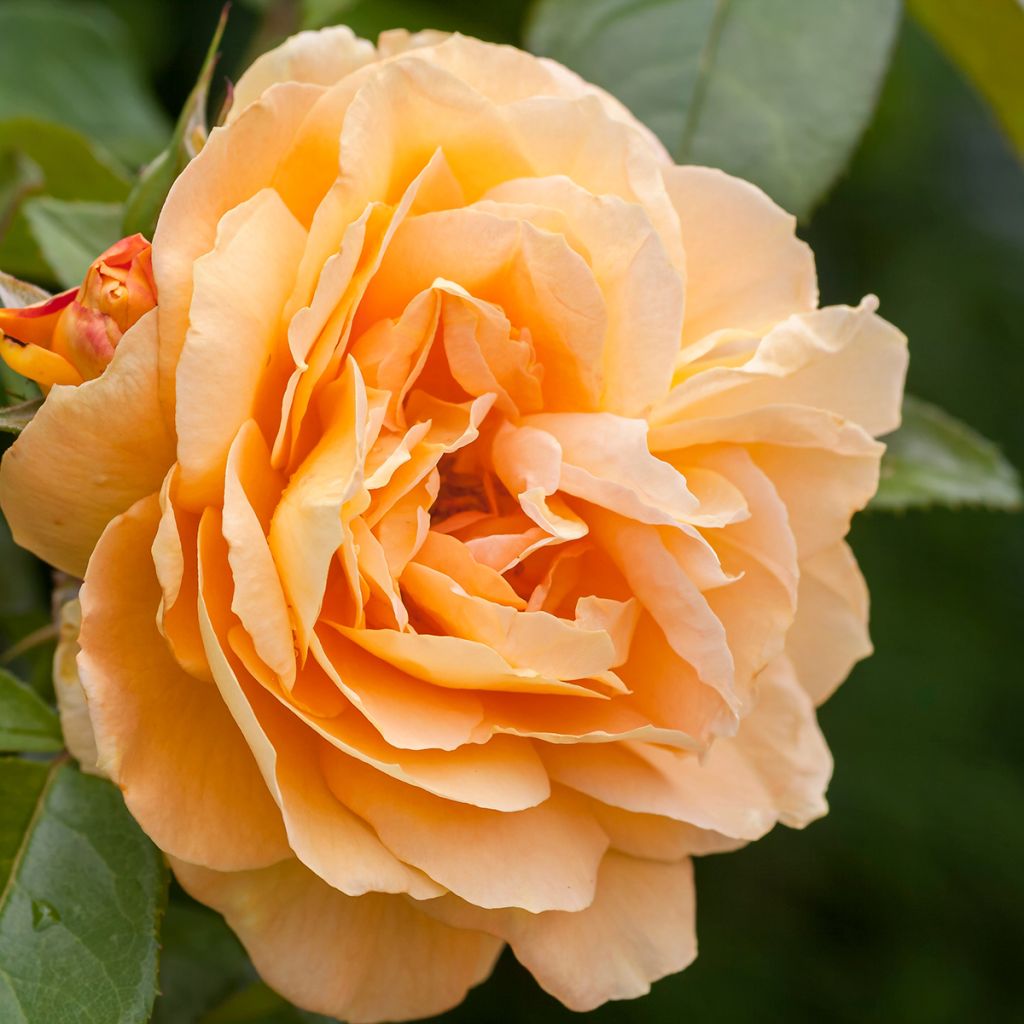

Rosa Fregate Lapfreg
Rosa Fregate Lapfreg
Rosa Fregate® 'Lapfreg'
Rose
This item cannot be shipped to the selected country
Delivery charge from €5.90
Delivery charge from €5.90
Delivery to Corse prohibited
More information
Schedule delivery date,
and select date in basket
This plant carries a 24 months recovery warranty
More information
We guarantee the quality of our plants for a full growing cycle, and will replace at our expense any plant that fails to recover under normal climatic and planting conditions.
From €5.90 for pickup delivery and €6.90 for home delivery
Express home delivery from €8.90.
From €5.90 for pickup delivery and €6.90 for home delivery
Express home delivery from €8.90.
Delivery to Corse prohibited: UE law prohibits the import of this plant from mainland France to Corse as part of the fight against Xylella fastidiosa. Please accept our sincere apologies.
More information
Does this plant fit my garden?
Set up your Plantfit profile →
Description
The Rose Fregate is a recent climbing rose variety appreciated for its colour and fragrance. It produces cup-shaped, semi-double, fleshy flowers in a beautiful Indian yellow throughout the summer. They emit a present fragrance, without overpowering, with delicious and sweet notes of anise and honey. This repeat-flowering rose forms a vigorous liana with glossy foliage highly resistant to diseases. It is generously adorned with flowers from June to September or October.
The climbing rose Fregate 'Lapfreg', a very recent variety, was obtained by Laperriere in 2022. From a horticultural standpoint, it belongs to the complex family of cluster-flowered roses. It is a sarmentous rose with fairly stiff stems that can reach a height of 3m (10ft) or a little more. When pruned annually, it will form a beautiful bush of approximately 1.70m (6ft) in all directions. Its deciduous foliage, with a shiny green colour, is not very susceptible to diseases under good growing conditions. The flowers, grouped in clusters, have a diameter of 8 to 9cm (3 to 4in) and are semi-double. They have a relatively fresh yellow colour. It blooms from June to October, abundantly if it doesn't lack water. This flowering, visited by pollinators, has a present fragrance with notes of anise and honey.
Modern climbing roses allow for magnificent displays throughout the summer. They require little maintenance except regular watering during hot weather and prolonged drought. Fregate 'Lapfreg' can be trained against a wall, a pergola, a pole or a wire fence, a small tree, or even a chicken coop or garden shed. In a hedge or flowerbed, it can be paired with old roses and flowering shrubs of various colours. When combined with pastel flowers, it creates the softest of blends. As for other climbing plants, pair them with large-flowered clematis or other roses. They make good companions for panicled phlox, delphiniums, foxgloves, catmints, annual or perennial morning glories and sweet peas.
Report an error about the product description
Plant habit
Flowering
Foliage
Botanical data
Rosa
Fregate® 'Lapfreg'
Rosaceae
Rose
Cultivar or hybrid
Other Traditional Roses
Planting and care
From November to March, plant the Fregate 'Lapfreg' rose bush in ordinary, well-prepared and well-drained soil. Roses thrive in clay soils, rather heavy than light. In soil that is too sandy, too compact or too dry in summer, it is advisable to incorporate compost, decomposed manure or compost at the bottom of the planting hole. However, this rose bush dislikes waterlogged soil in winter. Place it in a sunny location or, at most, in partial shade. Roses are nutrient-hungry plants, so a specific fertiliser will be beneficial at the start of vegetation and throughout the flowering period. To encourage reblooming, regularly remove faded flowers.
Planting period
Intended location
Care
This item has not been reviewed yet - be the first to leave a review about it.
Roses by purpose
Haven't found what you were looking for?
Hardiness is the lowest winter temperature a plant can endure without suffering serious damage or even dying. However, hardiness is affected by location (a sheltered area, such as a patio), protection (winter cover) and soil type (hardiness is improved by well-drained soil).

Photo Sharing Terms & Conditions
In order to encourage gardeners to interact and share their experiences, Promesse de fleurs offers various media enabling content to be uploaded onto its Site - in particular via the ‘Photo sharing’ module.
The User agrees to refrain from:
- Posting any content that is illegal, prejudicial, insulting, racist, inciteful to hatred, revisionist, contrary to public decency, that infringes on privacy or on the privacy rights of third parties, in particular the publicity rights of persons and goods, intellectual property rights, or the right to privacy.
- Submitting content on behalf of a third party;
- Impersonate the identity of a third party and/or publish any personal information about a third party;
In general, the User undertakes to refrain from any unethical behaviour.
All Content (in particular text, comments, files, images, photos, videos, creative works, etc.), which may be subject to property or intellectual property rights, image or other private rights, shall remain the property of the User, subject to the limited rights granted by the terms of the licence granted by Promesse de fleurs as stated below. Users are at liberty to publish or not to publish such Content on the Site, notably via the ‘Photo Sharing’ facility, and accept that this Content shall be made public and freely accessible, notably on the Internet.
Users further acknowledge, undertake to have ,and guarantee that they hold all necessary rights and permissions to publish such material on the Site, in particular with regard to the legislation in force pertaining to any privacy, property, intellectual property, image, or contractual rights, or rights of any other nature. By publishing such Content on the Site, Users acknowledge accepting full liability as publishers of the Content within the meaning of the law, and grant Promesse de fleurs, free of charge, an inclusive, worldwide licence for the said Content for the entire duration of its publication, including all reproduction, representation, up/downloading, displaying, performing, transmission, and storage rights.
Users also grant permission for their name to be linked to the Content and accept that this link may not always be made available.
By engaging in posting material, Users consent to their Content becoming automatically accessible on the Internet, in particular on other sites and/or blogs and/or web pages of the Promesse de fleurs site, including in particular social pages and the Promesse de fleurs catalogue.
Users may secure the removal of entrusted content free of charge by issuing a simple request via our contact form.
The flowering period indicated on our website applies to countries and regions located in USDA zone 8 (France, the United Kingdom, Ireland, the Netherlands, etc.)
It will vary according to where you live:
- In zones 9 to 10 (Italy, Spain, Greece, etc.), flowering will occur about 2 to 4 weeks earlier.
- In zones 6 to 7 (Germany, Poland, Slovenia, and lower mountainous regions), flowering will be delayed by 2 to 3 weeks.
- In zone 5 (Central Europe, Scandinavia), blooming will be delayed by 3 to 5 weeks.
In temperate climates, pruning of spring-flowering shrubs (forsythia, spireas, etc.) should be done just after flowering.
Pruning of summer-flowering shrubs (Indian Lilac, Perovskia, etc.) can be done in winter or spring.
In cold regions as well as with frost-sensitive plants, avoid pruning too early when severe frosts may still occur.
The planting period indicated on our website applies to countries and regions located in USDA zone 8 (France, United Kingdom, Ireland, Netherlands).
It will vary according to where you live:
- In Mediterranean zones (Marseille, Madrid, Milan, etc.), autumn and winter are the best planting periods.
- In continental zones (Strasbourg, Munich, Vienna, etc.), delay planting by 2 to 3 weeks in spring and bring it forward by 2 to 4 weeks in autumn.
- In mountainous regions (the Alps, Pyrenees, Carpathians, etc.), it is best to plant in late spring (May-June) or late summer (August-September).
The harvesting period indicated on our website applies to countries and regions in USDA zone 8 (France, England, Ireland, the Netherlands).
In colder areas (Scandinavia, Poland, Austria...) fruit and vegetable harvests are likely to be delayed by 3-4 weeks.
In warmer areas (Italy, Spain, Greece, etc.), harvesting will probably take place earlier, depending on weather conditions.
The sowing periods indicated on our website apply to countries and regions within USDA Zone 8 (France, UK, Ireland, Netherlands).
In colder areas (Scandinavia, Poland, Austria...), delay any outdoor sowing by 3-4 weeks, or sow under glass.
In warmer climes (Italy, Spain, Greece, etc.), bring outdoor sowing forward by a few weeks.

































